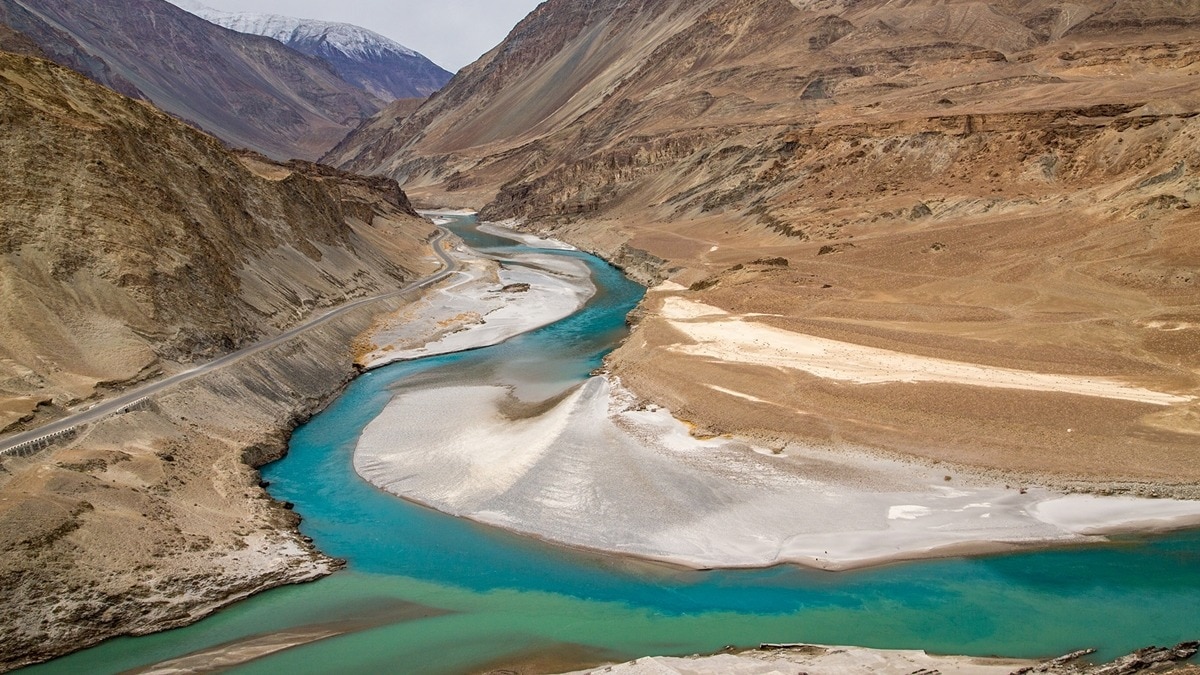Indus Waters Showdown: How Environmental Risks Could Reshape India-Pakistan Water Diplomacy

The recent suspension of the Indus Water Treaty in the wake of the militant attack has triggered significant environmental concerns, casting a long shadow over the delicate Himalayan ecosystem. This complex geopolitical response threatens to disrupt decades of carefully managed water resources and ecological balance between India and Pakistan.
The Himalayan region, renowned for its breathtaking landscapes and intricate environmental systems, now faces unprecedented challenges. The suspension of the water-sharing agreement could lead to severe ecological disruptions, impacting river flows, agricultural sustainability, and the fragile biodiversity that defines this mountainous terrain.
Beyond the immediate political tensions, the environmental consequences are profound. Glacial melt patterns, water distribution, and the intricate web of mountain ecosystems stand at risk. Local communities dependent on these water resources will likely bear the brunt of this diplomatic standoff, facing potential water scarcity and agricultural instability.
Scientists and environmental experts warn that the long-term ecological impact could be far-reaching. The delicate balance of water management that has been carefully maintained through the Indus Water Treaty is now under threat, potentially triggering a cascade of environmental challenges that extend far beyond political boundaries.
As tensions continue to simmer, the real victims remain the pristine Himalayan environment and the millions of people who depend on its life-sustaining resources. The suspension serves as a stark reminder of how geopolitical conflicts can have devastating consequences for our shared natural heritage.
